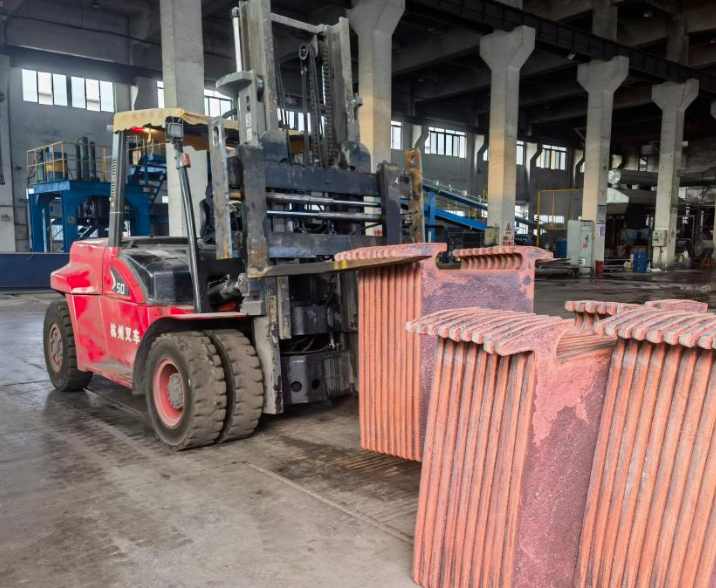NEWS&EVENTS
Home > News&Events > Company news > Hydrometallurgy: A flexible option for processing oxide and low-grade ores
In the field of ore processing, hydrometallurgy, with its economic and environmental advantages, stands out as an ideal choice for oxidized, low-grade, or complex ores that are not suitable for flotation and pyrometallurgical treatment.

The hydrometallurgical process primarily consists of leaching, extraction, stripping, and electrodeposition. Leaching begins the entire process. Using a dilute sulfuric acid solution as the leaching agent, the ore pile is sprayed or immersed in water, allowing the sulfuric acid to react with copper oxide minerals (such as malachite) to produce a copper sulfate solution, which provides the raw material for subsequent steps.
The extraction step is crucial. The copper-containing solution, which has a low concentration and contains impurities after leaching, is mixed with a specialized organic extractant. The extractant precisely "captures" copper ions, transferring them from the aqueous phase to the organic phase, effectively separating them from impurity ions such as iron, significantly improving the copper's purity.
The stripping step follows, mixing the copper-laden organic phase with a high-concentration sulfuric acid solution. In a highly acidic environment, copper ions are "stripped" from the organic phase and enter the aqueous phase, forming a high-purity, high-concentration copper sulfate solution, which is the electrolyte, while the organic phase can be recycled, reducing costs.
Electrowinning is the final step, where the copper-rich electrolyte is fed into an electrolytic cell with a lead alloy as the anode and a stainless steel plate as the cathode. When electricity is applied, a reduction reaction occurs at the cathode, depositing pure copper. An oxidation reaction with water at the anode releases oxygen and regenerates sulfuric acid, ultimately producing high-purity cathode copper.
The hydrometallurgical process (solvent extraction-electrowinning) requires low ore grade, effectively expanding the utilization of copper resources while avoiding SO₂ pollution and aligning with environmental protection. Today, it has become a key driver of growth in the copper industry, driving its continued development.